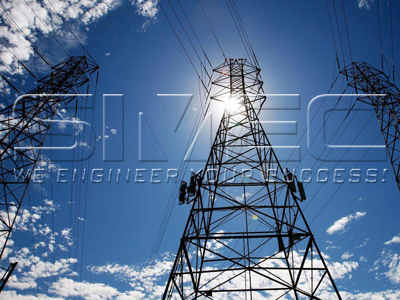Good News for Pellet Industry: COP21 and Clean Power Plan


At current pellet prices in Maine, heating oil would have to hit about $2.10 per gallon to provide a breakeven in cost per unit of energy. By FutureMetrics's rough estimate, about 80 percent of the bagged pellet market is driven by homeowners seeking to save money on heating bills. The other 20 percent have pellet stoves in their living rooms for ambiance, and are more interested in lowest maintenance for the pellet stove. That 20 percent is the demographic that supports the super-premium brands, produced from 100 percent Douglas fir, that have almost no ash and burn very clean. Those homeowners are willing to pay the typical $100 per ton or more premium those pellets command in the markets.
But the other 80 percent may notice that this winter - if it ever starts! - they can actually save money using the heating oil boiler. If oil prices remain low, there is potential for a very challenging winter for pellet producers whose primary market is in bagged pellets. Power Plan good news? In the short-run, not much can help with cheap oil in the Northeast markets. But in the medium-to long-run, two pathways will be good for pellets.
Pathway one: heating with pellets. If the U.S. actually gets serious about GHG emissions following COP21, a reasonable and modest revenue neutral carbon tax would achieve a great deal. British Columbia and Sweden, for example, have shown that a revenue neutral carbon tax is not only possible, but good for the economy. Carbon taxes can be revenue neutral because every dollar generated by the tax is returned through reductions in other taxes. In 2013-2014, British Columbia generated $1.21 billion in carbon tax revenues and lowered other taxes by more than that amount.


Pathway two: substituting pellets for coal in pulverized coal power stations. The CPP can enable the U.S. to do what it already does in Europe, the U.K., Korea, Japan, and soon, China. The good news for U.S. pellet producers is that as the domestic industrial pellet market grows, it will support new regional demand for pellets in areas that currently are not logistically attractive to the industrial pellet exporters. That will benefit pellet producers of all sizes, in all areas of the country. Substituting a low-carbon, pulverizable solid fuel for coal under cofiring strategies to lower CO₂emissions from power generation should be part of every state’s plan for CPP compliance. That strategy has the potential to increase demand for pellets in the U.S. by many millions of tons per year. Recognizing wood pellets as a low-carbon solution means recognizing the carbon neutrality of pellets in combustion. Some critics of using pellets claim there is a carbon debt. If basic sustainability conditions are met, there is no carbon debt.
It is in the interest of all stakeholders in the pellet manufacturing space to understand why the so-called carbon debt models are flawed. Simply put, the working forest landscape around a sawmill, pulp mill, or pellet mill is in a continuous state of growth and harvest. As long as the rate of harvest does not exceed the rate of growth in the region from which the mills draw their wood, then the stock of wood, and therefore the stock of sequestered carbon, never diminishes. That is the fundamental sustainability constraint that has to be met to certify that pellet fuel is carbon neutral in combustion.
Release date: 2015-12-31